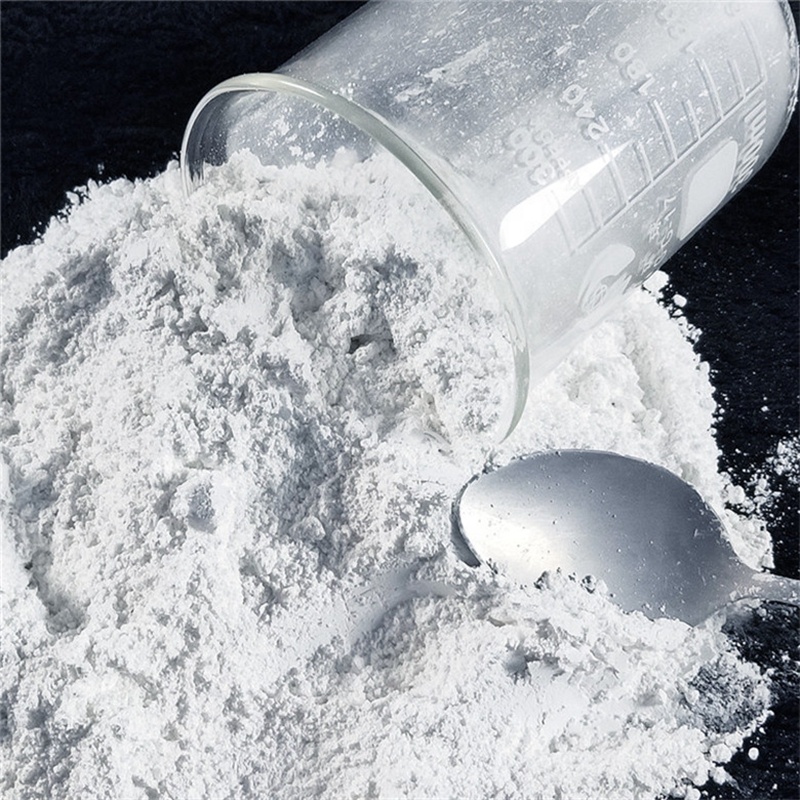Environmental protection grade magnesium hydroxide (Mg(OH)₂) is a versatile and environmentally friendly chemical widely used in wastewater treatment due to its alkalinity, buffering capacity, and precipitation capabilities. Environmental protection grade magnesium hydroxide serves multiple functions, including pH adjustment, heavy metal removal, phosphorus elimination, sludge conditioning, and odor control. Compared to traditional alternatives like lime (Ca(OH)₂) or caustic soda (NaOH), Environmental protection grade magnesium hydroxide offers several advantages, including safer handling, more stable pH control, and reduced corrosion risks. Below, we explore its key applications in detail.
1. PH Adjustment and Neutralization
Wastewater often contains acidic contaminants from industrial processes (e.g., mining, metal finishing, chemical manufacturing). Wastewater treatment grade Magnesium Hydroxide acts as an effective alkaline agent to neutralize acidic wastewater while maintaining a stable pH range (typically 7–9).
Key Benefits:
Controlled pH Increase: Unlike caustic soda (NaOH), which can cause rapid pH spikes, Wastewater treatment grade Magnesium Hydroxide dissolves gradually, preventing over-alkalinity and minimizing the need for additional pH correction.
Buffering Effect: Wastewater treatment grade Magnesium Hydroxide provides long-lasting buffering capacity, reducing fluctuations in pH and ensuring compliance with discharge regulations.
Non-Corrosive: Safer for pipes and equipment compared to strong alkalis like NaOH.
2. Heavy Metal Removal
Industrial wastewater often contains toxic heavy metals (e.g., lead, cadmium, copper, nickel, zinc). Magnesium hydroxide facilitates their removal through precipitation.
Mechanism:
When added to wastewater, Non-toxic Magnesium Hydroxide increases pH, causing dissolved metal ions to form insoluble hydroxide precipitates:
M2++2OH−→M(OH)2↓
(where M²⁺ = Pb²⁺, Cd²⁺, Cu²⁺, etc.)
These metal hydroxides can then be removed via sedimentation or filtration.
Advantages Over Lime (Ca(OH)₂):
Finer Particle Formation: Produces denser, more settleable sludge compared to lime.
Reduced Sludge Volume: More efficient precipitation leads to lower sludge disposal costs.
Better Compliance: Helps meet strict regulatory limits for heavy metals in effluent.
3. Phosphorus Removal (Nutrient Control)
Excess phosphorus in wastewater contributes to eutrophication in natural water bodies. Non-toxic Magnesium Hydroxide aids in phosphorus removal by forming insoluble magnesium phosphate compounds.
Reaction:
3Mg2++2PO43−→Mg3(PO4)2↓
Applications:
Municipal wastewater treatment plants (to meet phosphorus discharge limits).
Agricultural and food processing wastewater (high in phosphates).

4. Sludge Conditioning and Dewatering
Wastewater sludge often contains high moisture content, making disposal costly. Non-toxic Magnesium Hydroxide improves sludge dewatering by:
Enhancing Floc Structure: Strengthens sludge particles, improving filtration efficiency.
Reducing Stickiness: Unlike lime, Non-toxic Magnesium Hydroxide does not form sticky calcium-based deposits, which can clog equipment.
Lowering Sludge Volume: More efficient dewatering reduces transportation and landfill costs.
5. Odor and Sulfide Control
Hydrogen sulfide (H₂S) in wastewater causes foul odors, corrosion, and toxicity risks. Non-toxic Magnesium Hydroxide effectively neutralizes H₂S by raising pH and converting sulfides into less harmful forms.
Reaction:
H2S+Mg(OH)2→MgS+2H2O
Benefits:
Safer than Chlorine or Nitrate-Based Treatments: No harmful byproducts.
Long-Lasting Effect: Continues to suppress odors even after initial treatment.
6. Coagulation and Flocculation Aid
Non-toxic Magnesium Hydroxide can enhance coagulation in wastewater by:
Neutralizing Charges: Helps colloidal particles aggregate.
Improving Clarification: Results in clearer effluent with reduced turbidity.

